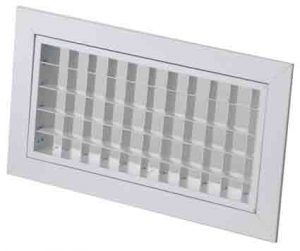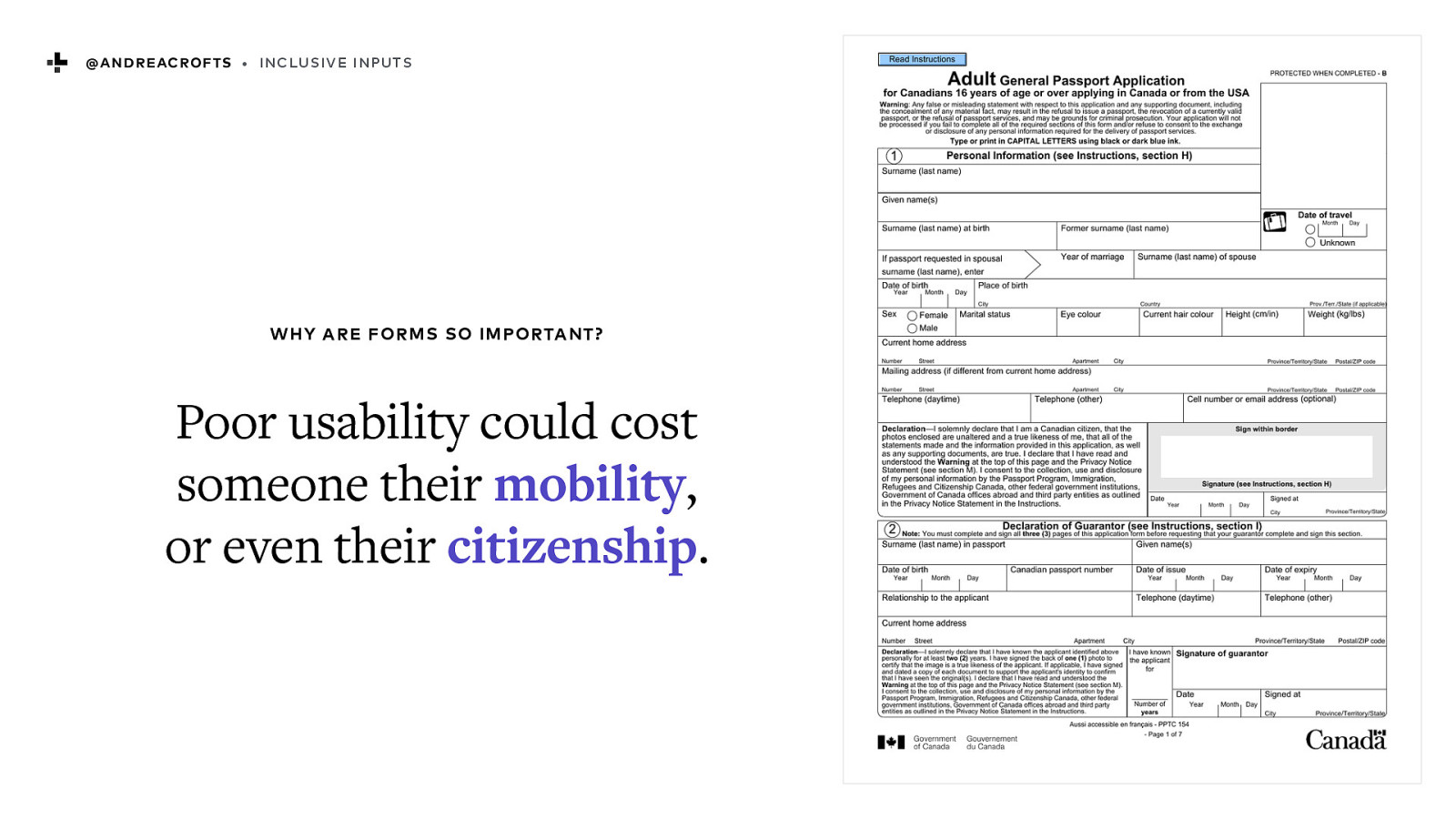

When creating the Key Vault instance, you must enable soft delete and purge protection. First, you will need to create and set up an Azure Key Vault. Setting up customer-managed keys for your disks will require you to create resources in a particular order, if you're doing it for the first time. Once the feature is enabled, you'll need to set up an Azure Key Vault and a disk encryption set, if you haven't already. Create an Azure Key Vault and disk encryption set Deploy a VM with customer-managed keysĪlternatively, you can use customer-managed keys to encrypt your disk caches. You have now deployed a VM with encryption at host enabled, and the cache for the disk is encrypted using platform-managed keys. Make the remaining selections as you like.įinish the VM deployment process, make selections that fit your environment. On the Disks pane, select Encryption at host. Search for Virtual Machines and select + Add to create a VM.Ĭreate a new virtual machine, select an appropriate region and a supported VM size.įill in the other values on the Basic pane as you like, then proceed to the Disks pane. Encryption at host is not currently visible in the public Azure portal without using the link. You must use the provided link to access the Azure portal. Sign in to the Azure portal using the provided link. Get-AzProviderFeature -FeatureName "EncryptionAtHost" -ProviderNamespace "Microsoft.Compute"
#Onsip double regisgration registration#
Follow the steps below to enable the feature for your subscription:Īzure portal: Select the Cloud Shell icon on the Azure portal:Įxecute the following command to register the feature for your subscription Register-AzProviderFeature -FeatureName "EncryptionAtHost" -ProviderNamespace "Microsoft.Compute"Ĭonfirm that the registration state is Registered (takes a few minutes) using the command below before trying out the feature.

You must enable the feature for your subscription before you use the EncryptionAtHost property for your VM/VMSS. You can find the list of supported VM sizes by either using the Azure PowerShell module or Azure CLI. Supports ephemeral OS disks but only with platform-managed keys.Existing VMs must be deallocated and reallocated in order to be encrypted.However, only new VMs created after enabling the encryption are automatically encrypted. The encryption can be enabled on existing virtual machine scale set.Azure Disk Encryption cannot be enabled on disks that have encryption at host enabled.Cannot be enabled if Azure Disk Encryption (guest-VM encryption using bitlocker/DM-Crypt) is enabled on your VMs/virtual machine scale sets.For example, if a disk is encrypted with customer-managed keys, then the cache for the disk is encrypted with customer-managed keys, and if a disk is encrypted with platform-managed keys then the cache for the disk is encrypted with platform-managed keys. The OS and data disk caches are encrypted at rest with either customer-managed or platform-managed keys, depending on what you select as the disk encryption type. Temporary disks and ephemeral OS disks are encrypted at rest with platform-managed keys when you enable end-to-end encryption. For conceptual information on encryption at host, and other managed disk encryption types, see: Encryption at host - End-to-end encryption for your VM data. If you sign up today, I’d be able to offer the following benefits to you –ġ.When you enable encryption at host, data stored on the VM host is encrypted at rest and flows encrypted to the Storage service. Miracle Telecom is pleased to offer Zingotel customers with a special plan. Most of its servers are already down and your service might get interrupted any minute now.


 0 kommentar(er)
0 kommentar(er)
